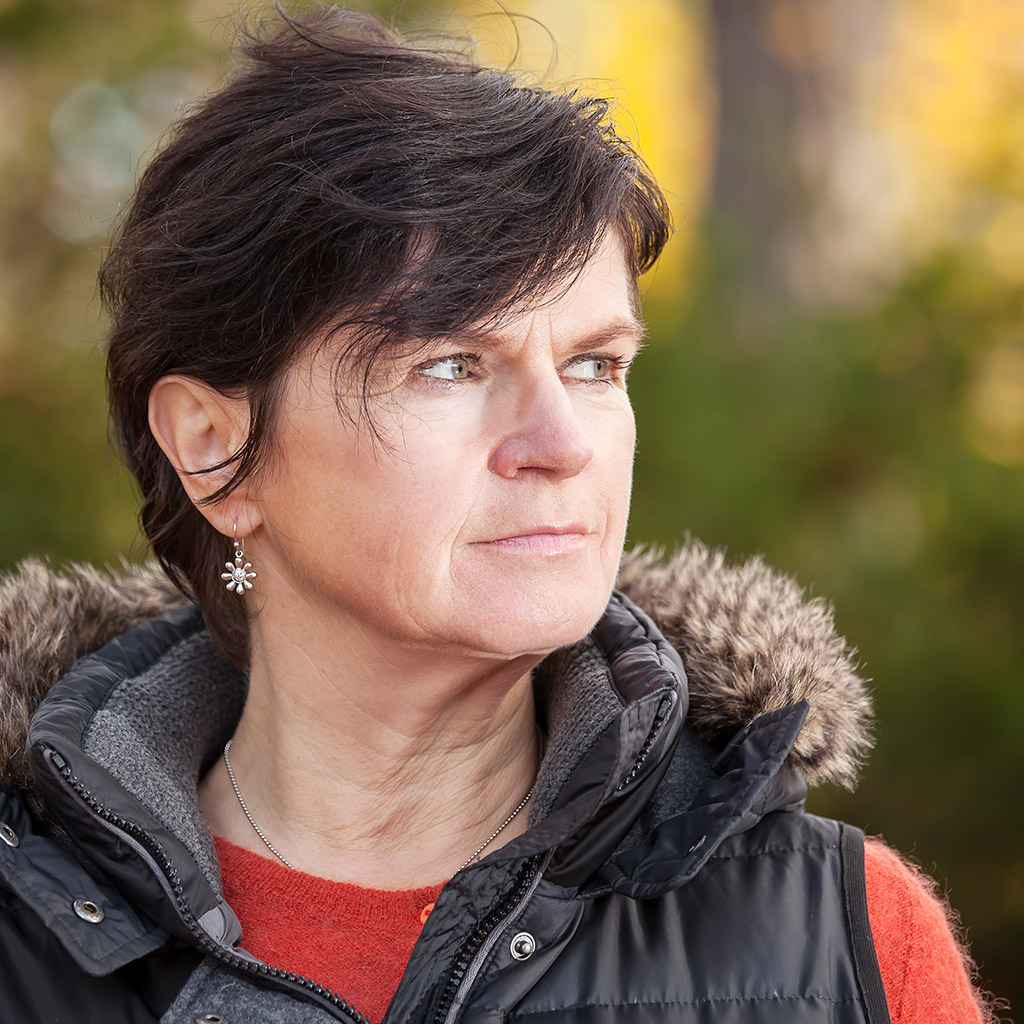Bladder Cancer
Bladder cancer arises from the uncontrolled growth of cells lining the inside of the bladder.
Around 2,500 people are diagnosed with bladder cancer in Australia each year and approximately 1,000 Australians lose their lives to bladder cancer each year.
Causes and risk factors
- Smoking – smoking history is by far the commonents and most important cause of bladder cancer. It is critical that you give up smoking if you are diagnosed with bladder cancer.
- Workplace exposure to certain chemicals used in the past in dyeing in the textile, petrochemical and rubber industries.
- Use of certain chemotherapy drugs such as cyclophosphamide
- Family history.
- Long term inflammation of the bladder secondary to causes such as long term catheterisation of the bladder.

- Symptoms & Investigations
- Treatment
- BCG treatment side effects
- High risk bladder cancer
- Radical cystectomy
Symptoms
The classic symptom of bladder cancer is bleeding in the urine. Any history of bleeding in the urine should always be investigated by your GP and then likely by a specialist urologist.
Investigations
- Urine culture and microscopy.
- Three collections on three separate days of the second urination of the morning. This is called Urine cytology.
- CT scans and ultrasound imaging.
- Telescopic examination of the bladder and biopsy. Please follow the links to information on cystoscopy and on cystoscopy and transurethral resection of bladder tumour.
Support
The nurses is the office are available to help. Further information can also be found at http://www.cancer.org.au/about-cancer/types-of-cancer/bladder-cancer.html
Low risk non-muscle invasive bladder cancer
The majority of patients will have low grade cancer which has not invaded into the muscle layer of the bladder. Low risk cancer is treated by a strict protocol of follow up cystoscopies and imaging.
High-risk non muscle invasive bladder cancer
High grade bladder cancer that hasn’t yet invaded into the bladder wall muscle layer is treated with follow up resection and then BCG treatment into the bladder. Again, a close surveillance cystoscopy protocol is instituted and follow up instillations of BCG are recommended.
Common side effects
Between 50 – 80% of patients who have BCG treatment develop one of these side effects:
- Urinary tract infections
- Bladder discomfort
- Flu-like symptoms which can last for two to three days
- An urgent and more frequent need to pass urine, which can last for two to three days
- Blood in the urine
- Drinking plenty of water and taking simple painkillers, such as paracetamol, may help. Please let your doctor or specialist nurse know if you have any particular problems as they can discuss additional treatments.
Occasional side effects
- A high temperature.
- Pain in the joints, or other parts of the body – these may be caused by an inflammatory reaction elsewhere in the body (eg, the liver and joints), likely to result from the immune reaction that BCG vaccine produces.
Please contact your specialist nurse or your GP straight away if you develop such symptoms.
Rare side effects
There is a very small chance (less than 1 in 200) that a generalised infection with the BCG bacteria could develop. If this does happen, it can produce the following symptoms:
- Fever and chills
- Joint pain
- Feeling sick or vomiting
- Cough
- Skin rash
- Feeling extremely tired
- High temperature for more than 48 hours
This is very rare, and happens in less than 1% of all patients. If you get any of these symptoms during BCG treatment, you should contact your doctor straight away or go to your nearest emergency department and make sure that they know that you are having BCG treatment.
High risk bladder cancer that is invasive into the bladder wall muscle
This stage of bladder cancer carries the risk of imminent spread of the cancer outside the bladder and to distant sites in the body. Therefore, it requires more aggressive treatments such as chemotherapy and radiotherapy to the bladder or complete removal of the bladder. More information on chemotherapy and radiotherapy are available via the links below.
Radiotherapy Department Royal North Shore Hospital
Cancer Council Australia
This is a procedure which involves the complete removal of the bladder and certain surrounding organs (such as the uterus or prostate) to prevent spread of the cancer. A reconstruction procedure is always necessary for long term urinary drainage.
The information sheet below contains more information on this surgery. Briefly, depending on the suitability of the patient and their individual cancer, options for drainage include an ileal conduit stoma fashioned from small bowel, a continent diversion pouch with catheterisable stoma and an orthotopic neobladder which is a new bladder fashioned from the patients bowel and sewn to their urethra tube where the patients bladder used to sit. These are all major operations with significant risks which must be discussed in detail with the Urologist prior to a final decision from the patient.

